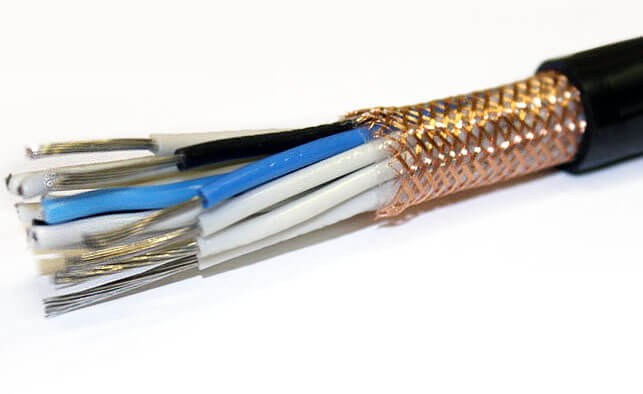Overview of MKESh cable specifications
How is the abbreviation deciphered?
First of all, you need to know how the ICES label is deciphered. It should be noted that the cable is marked not only by letters, but also by numbers. The interpretation according to all the rules and standards of GOST looks like this:
- M - indicates that the products belong to the installation category.
- K is a kind of conductor. Indicates that the structure includes insulation in the form of a nylon layer.
- E - indicates the presence of a protective screen.
- W - indicates the outer shell of the product. In this case, it is a PVC hose.
There is also a variation of this brand of conductor - MKS. In this case, the marking indicates that there is no shielded layer, so that the cost of cable products is reduced. There may also be markings MKEShv, MKEShVng, MKEShVng-LS, we will talk about these brands in separate articles.
The decoding of the numbers is as follows: for example, MKESh 3x0.5. A similar marking is read as follows: the number 3 indicates the number of cores in the product, and 0.5 indicates the cross-section of cores in mm2.
By the way, the maximum core section is 2.5 mm2.
Design Features
What does the product consist of? As for the MKESh cable design, it consists of stranded copper wire. The number of cores can be from four to fourteen. The wires are twisted together. The outer insulation is polyvinyl chloride. It is fireproof and has excellent properties. A special synthetic film is applied on top of the core, on which a protective screen is applied.
The screen consists of small copper wires, which have a density coefficient of 65%. The main purpose of the screen is to protect the cable from various electromagnetic interference. Thanks to this protective screen, the cable product works stably and correctly passes electric current. The high quality of the conductor is ensured by this protective layer.
The picture below shows the design of the product:
Where:
- 1 - outer shell, consisting of PVC - plastic;
- 2 - a protective screen;
- 3 - insulation, consisting of polyvinyl chloride;
- 4 - conductive core.
You can view the appearance of the MKESh cable in the photo:
main parameters
What are the technical characteristics of the MKESh cable? From the main parameters I would like to highlight:
- The temperature range at which the product can be used ranges from -50 ° C to +70 ° C. In addition, it must be taken into account that the installation temperature (at which the conductor can be bent) is equal to minus 15 ° С. If you do not adhere to these data, then the insulation of the product will crack. In addition to the operating and installation temperatures, there is the so-called continuous heating temperature. The MKESh brand is capable of withstanding temperatures up to +75 ° C.
- Application of products is possible with alternating and direct current in the network. The maximum alternating voltage is 500 volts, with a current frequency of up to 400 Hz. DC voltage is set to 750 volts.
- There is such a thing as environmental humidity. The use of the product is allowed indoors or under a canopy. The humidity should not exceed 98%. This is at temperatures up to +35 ° C.
- The minimum bending radius is 5 outer diameters of the conductor.
- The core resistance is 0.1 MΩ / km. This is due to the fact that the temperature during its use is + 20 ° C.
- MKESh cable is laid both in one line, and together with other products in a bundle. What is especially important is that, regardless of the gasket, the device is not subject to burning. This allows you to lay it indoors.
- Construction length at least 25 meters.
- The device copes well and withstands shock and mechanical loads.
- The service life is 15 years. The manufacturer guarantees 3 years of operation.
These are the main technical characteristics of ICES that you need to know before using and purchasing the product. It will also be useful for you to familiarize yourself with the most popular cross-sections of the conductor. MKESh cable cross-section table is provided below:
Application area
Having studied the technical characteristics, you can understand where and for what needs MKESh cable is used. Its application is possible in the following areas:
- in an automated telephone system.
- in instrumentation circuits (in control-measured systems).
- application in switching blocks (electronic chains).
- low-current automation and control systems (for example, video surveillance, telemechanics, computer engineering installations).
That's all I wanted to tell about this brand of conductor. We hope that the provided technical characteristics of the MKESh cable, as well as the section table were useful to you!
It will be interesting to read:











why the cable is covered with a protective shield made of copper braid if it is already insulated
Because it is not isolation, but protection against interference.
Can he replace the KMM cable? To connect a microphone.
It is quite if you are satisfied with the cross-section of 0.35 mm. and more, the KMM cable has a cross section from 0.12mm to 0.35.
the capron layer of insulation is written first, and on the PVC insulation scheme